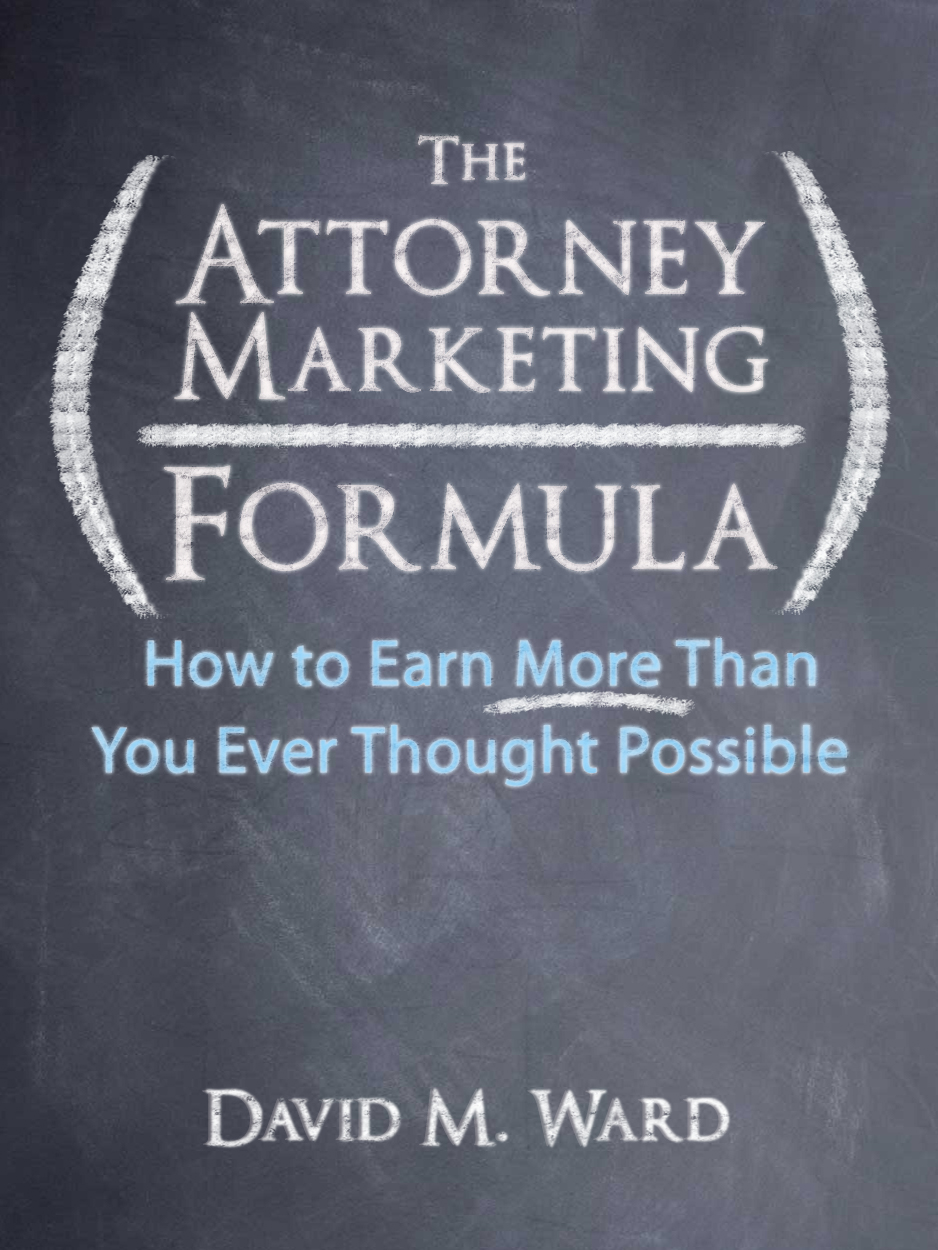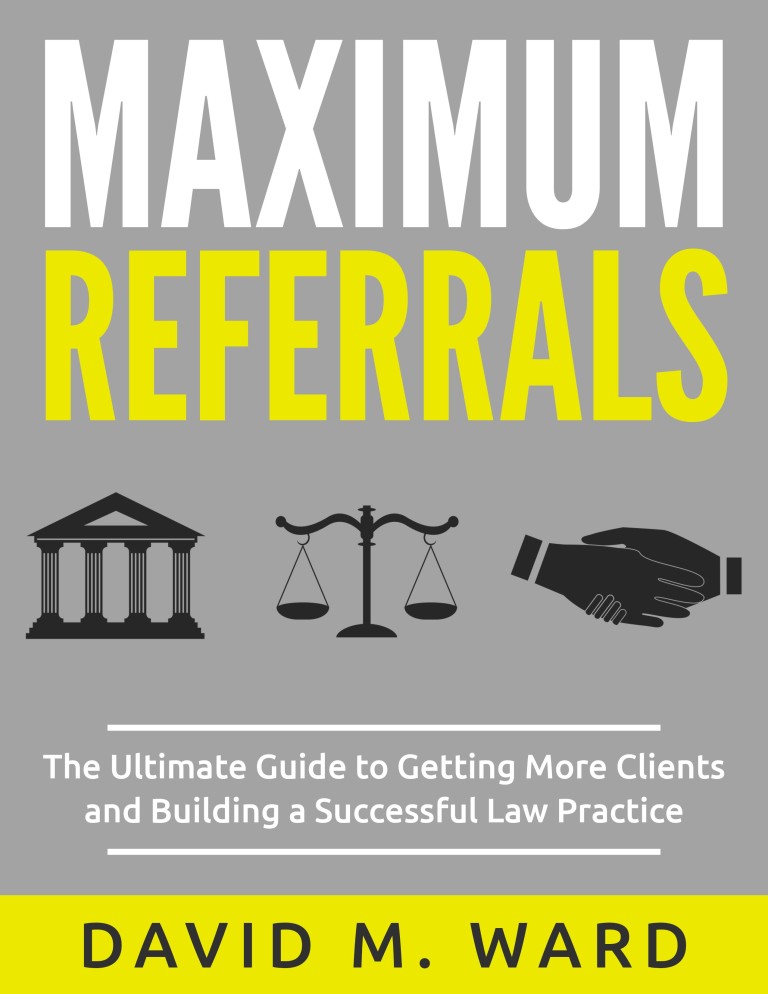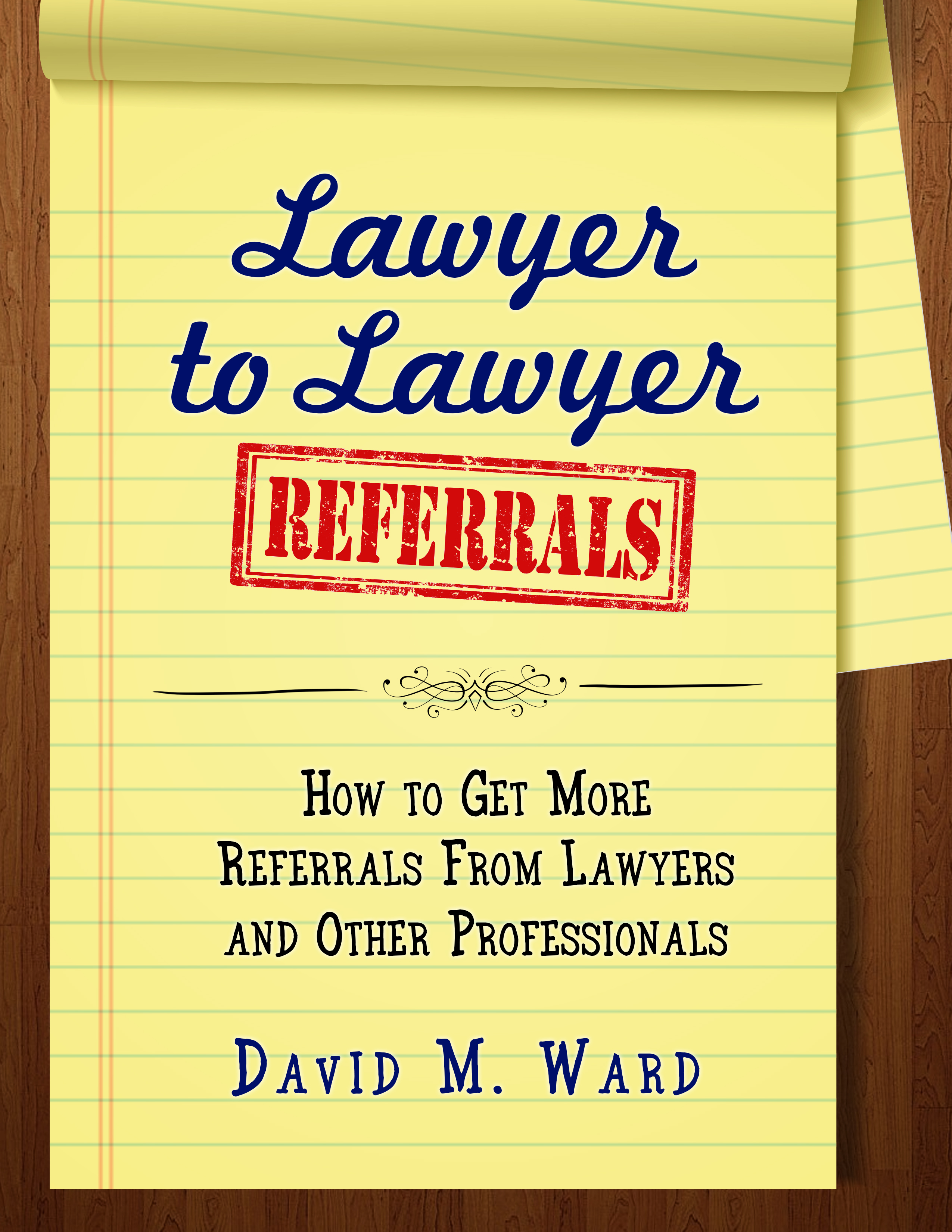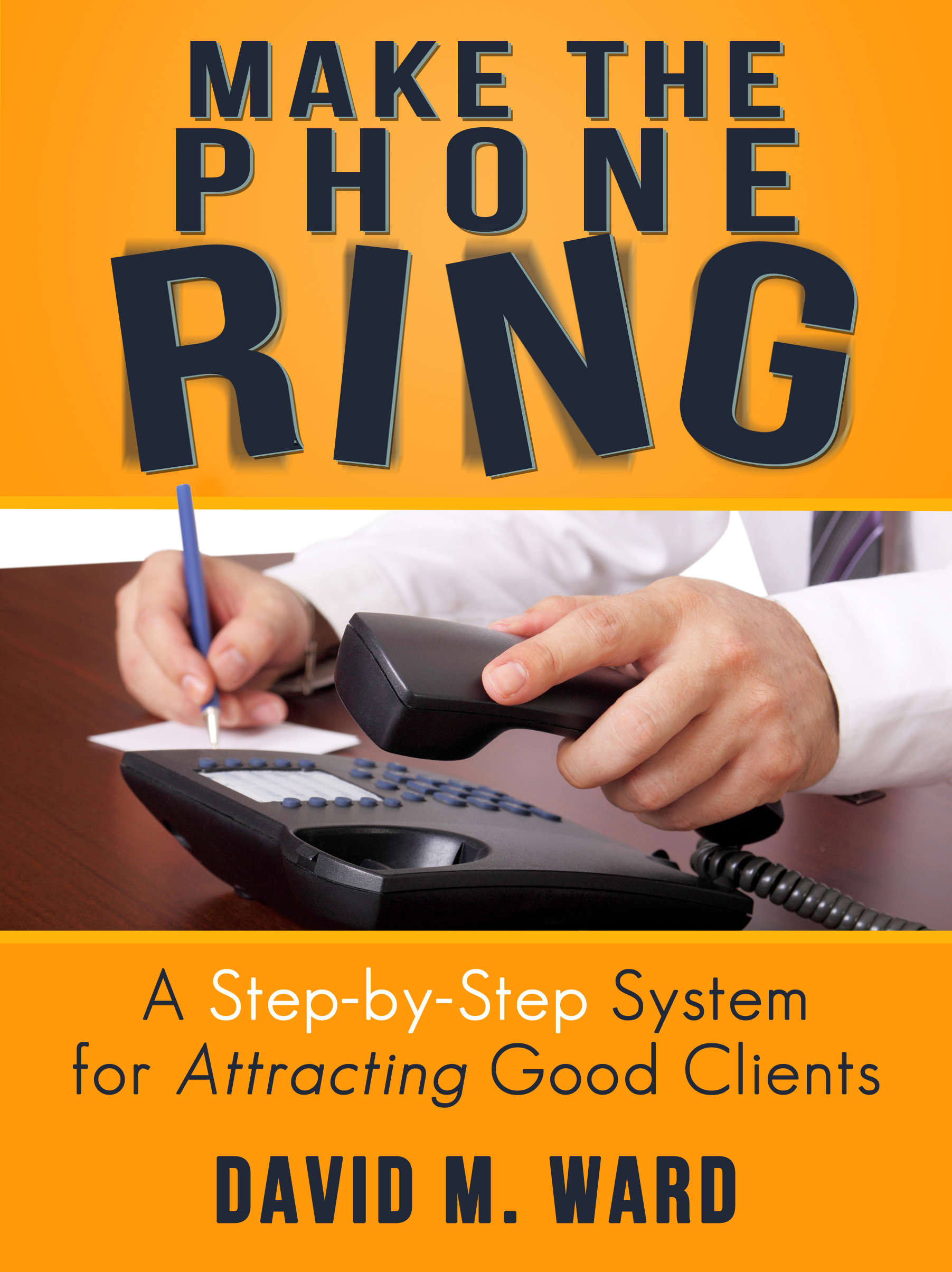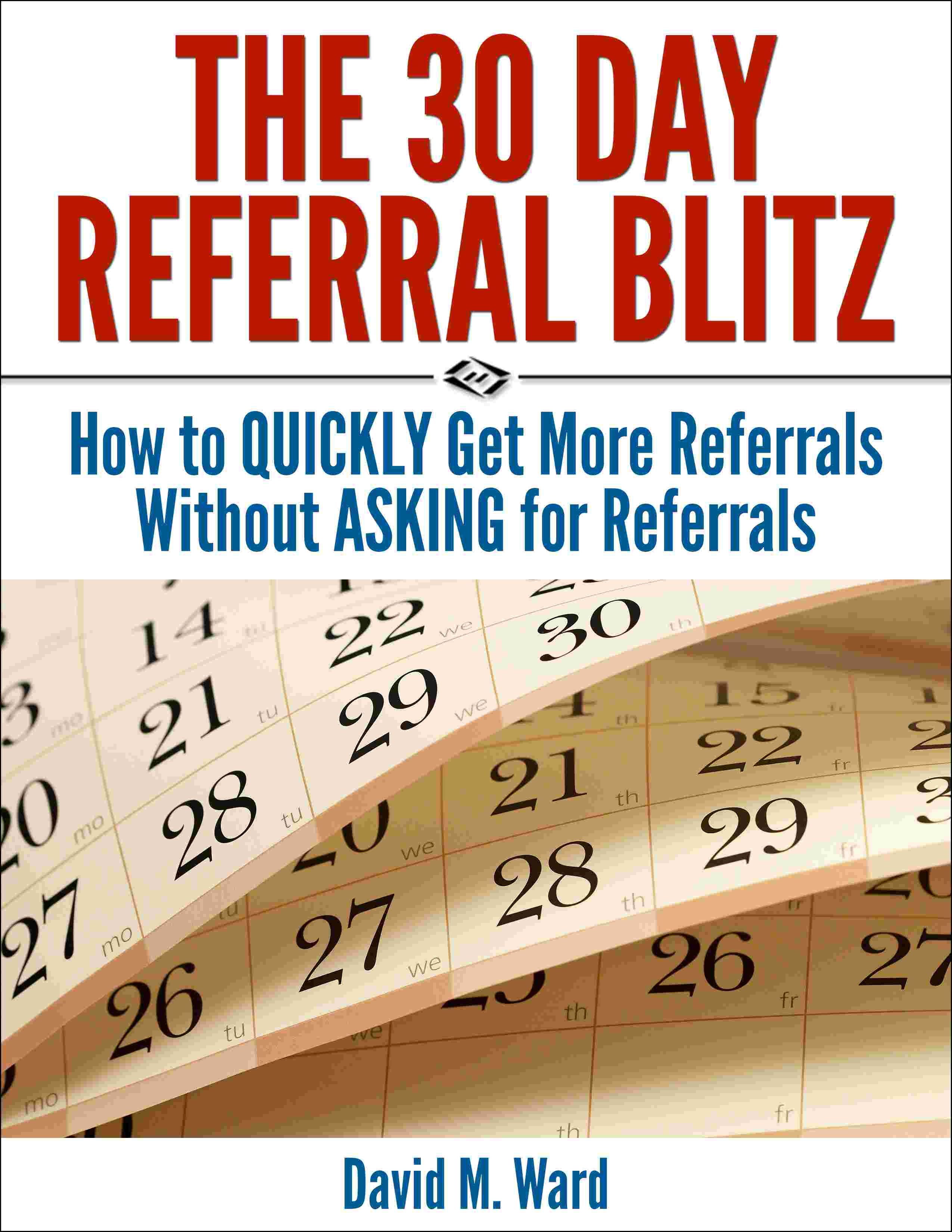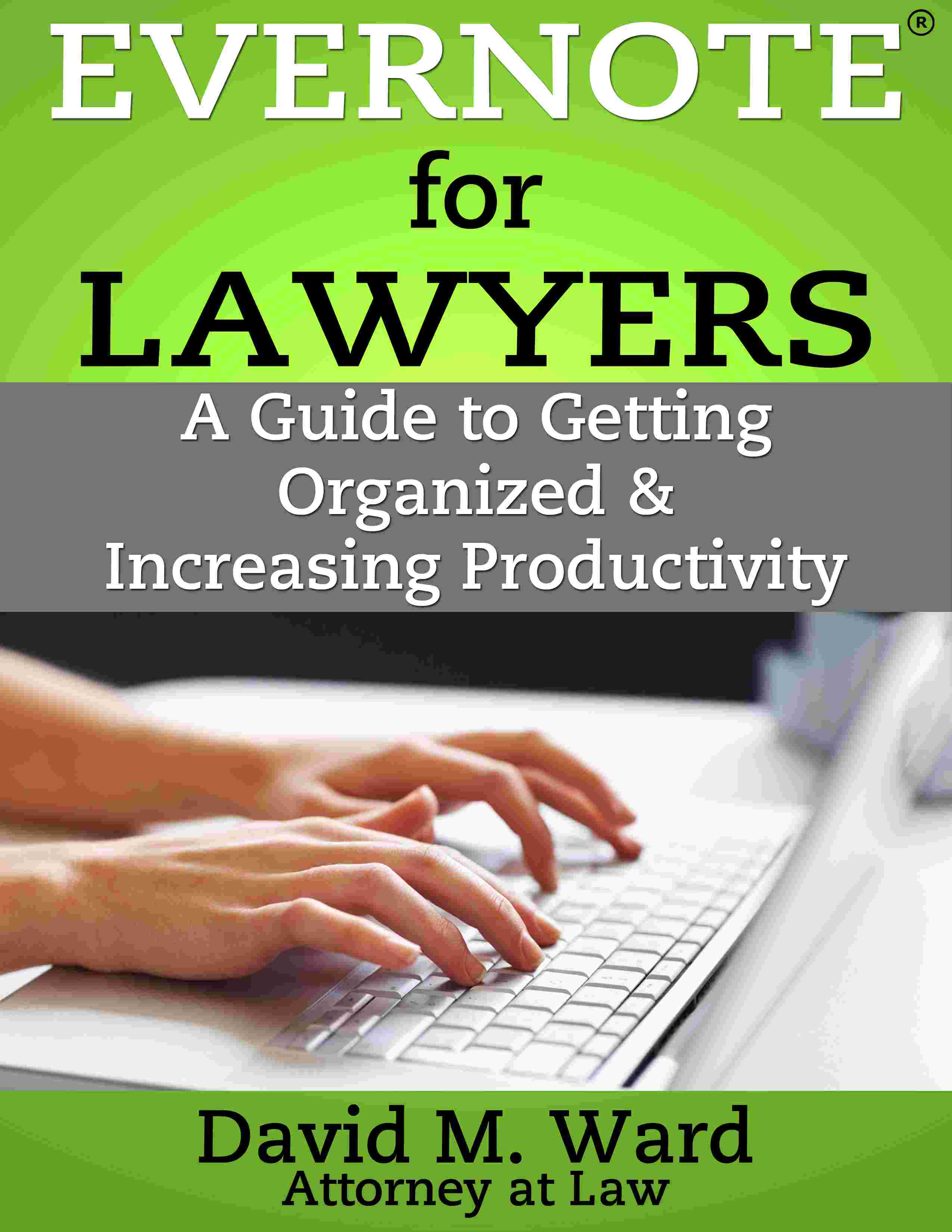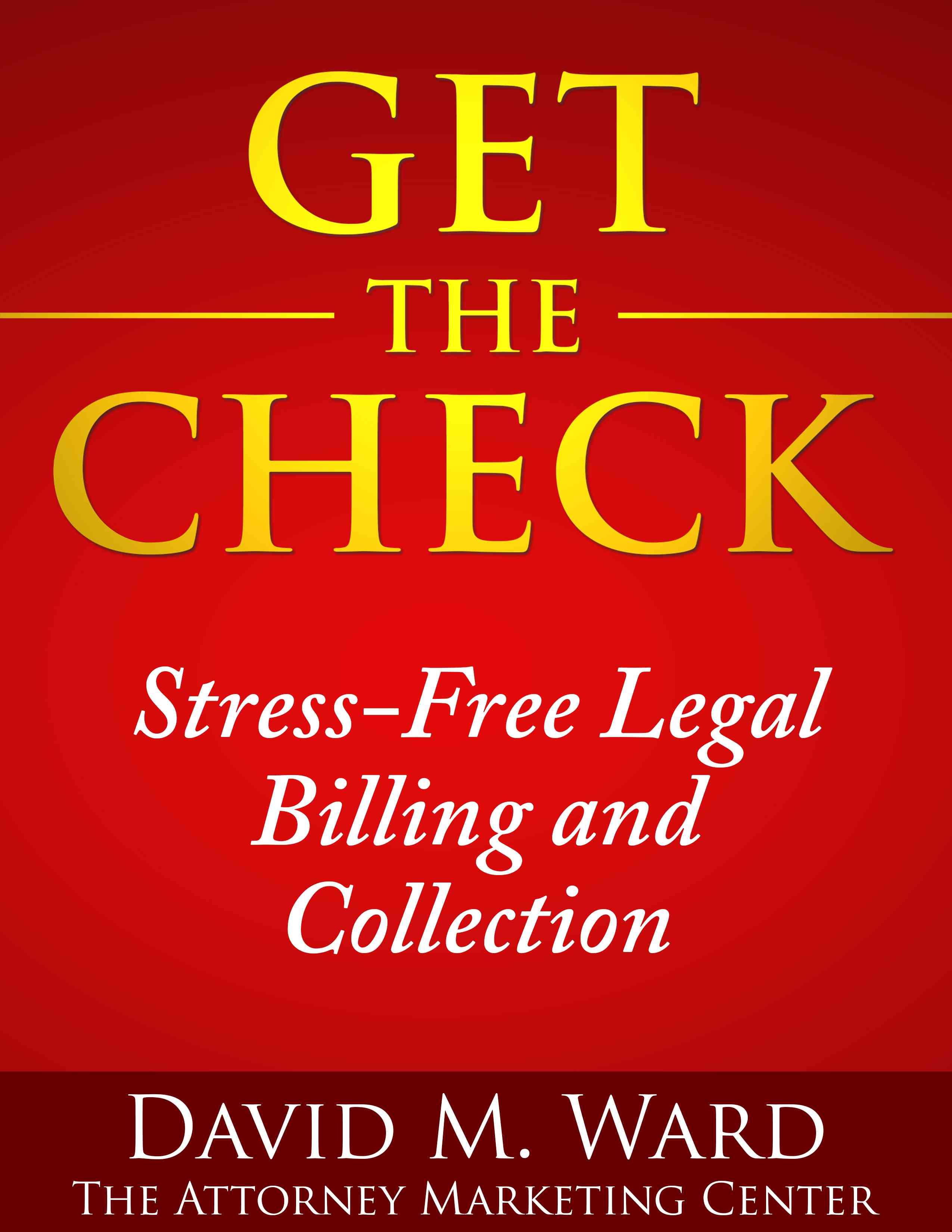You write a blog or newsletter, do a podcast, speak from the stage, write books, create videos, show up on social media, for two reasons: (1) to build your list by attracting leads and others who are interested in your content, and (2) using that content to show people what you do and how you can help them.
The easiest way to do the latter, i.e., demonstrate your capabilities, is to create content in which you talk about your cases and clients.
Talk about the problems they came to you with and what you did for them.
And that’s it.
This is the essence of effective marketing, content, or otherwise.
The reason is simple. People like to hear about other people with the same or similar problems and desires and how they overcome those problems or achieved those desires.
They love a good story, especially when it’s about someone like them.
It’s also the ideal way to show yourself “in action,” helping your clients with the same issues.
This kind of content practically writes itself. You simply describe the case or client and what you did for them.
You rarely need to do any research. Just tell what happened.
It doesn’t matter if what happened is strikingly similar to other cases or clients you’ve talked about, or what other lawyers say about their cases or clients. Each story is unique because your clients are unique, and so are you.
So, easy?
Easy.
And effective. Since so much content online today is generic, either ai generated or devoid of stories about actual clients and an actual attorney with a unique personality, your content will stand out.

